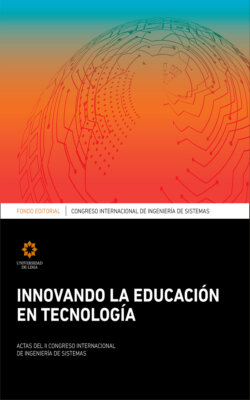Читать книгу Innovando la educación en la tecnología - Группа авторов - Страница 13
4. IMPROV EXERCISES
ОглавлениеBelow is a look at the exercises used by the author along with a brief summary.
Table 1
Improv Exercises Used by the Author
| Most exercises can be found in the Improv Encyclopedia, Improv Wiki, Drama Toolkit, and Learnimprov.com although the names may be different |
| 1 Shake 8s; Circle up -- A great warm-up exercise. |
| 2 Zip-zap-zoop; Woosh-bang-pow -- Any three-word/sound combination is fine. |
| 3 These are five things -- “Don’t bother to think”; just do. |
| 4 Follow the follower or the leader -- Great exercise and fun as people imitate others. |
| 5 Last word spoken = first word spoken -- Forces one to concentrate. |
| 6 New choice, redo -- I refer to this game as “refactor” which is a term used by programmers when they rewrite some of their code. |
| 7 Double-link list -- In a circle, point to someone saying a “noun” you think of. Once the loop has gone around, repeat the cycle using the same words. Build on this by adding another round with a different set of words to see how well you can remember your word(s) or that/those of others. Use “pointers” (fingers) for navigation of the circuit. |
| 8 Zombie/hacker attack (10-14 people) -- Have the same number of chairs as participants, which means one will be empty. The zombie walks slowly toward the empty chair while the others create a team strategy to cover. |
| 10 Botnet, distributed denial of service or DDoS attack -- A winker (bot herder) creates a botnet that s/he can later command to attack a victim. |
| 11 Bomber-protector -- Use 8-14 people; each person identifies one person as his/her bomber (therefore to be avoided) and another person as his/her protector (therefore wanting to stay as close as possible to). |
| 12 Two- or three-headed experts -- Answer a question with either one word or one sentence at a time. |
| 13 Four squares -- Four players with the front two being given a topic they will discuss; the entire square rotates to allow all actors the opportunity. |
| 14 Circle story -- Any topic you want and everyone contributes to the story. |
| 15 Emotion zone -- Allows for team members to work with different emotions. |
| 16 Status game -- Use a deck of cards. Treat others based upon their perceived status. |
| 17 Alphabet circle -- Use the alphabet to tell a story. |
| 18 Knife-cat-baby throwing -- This is about object work and concentration. |
